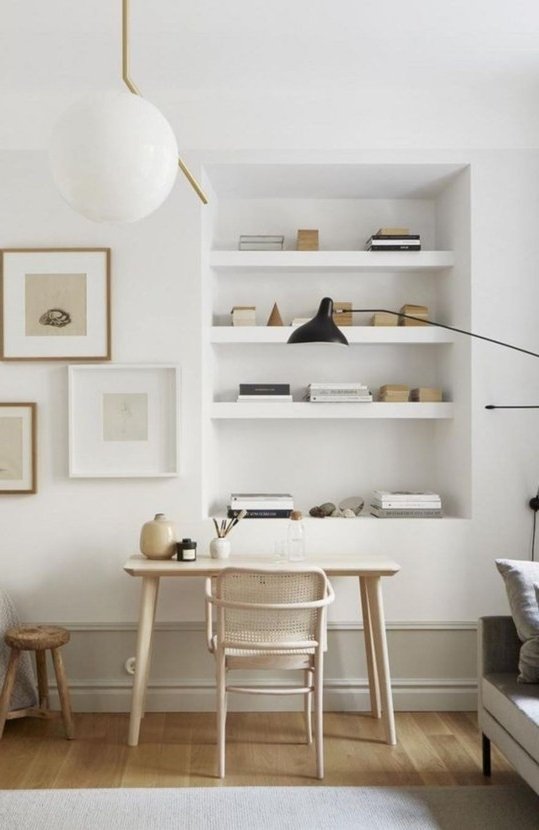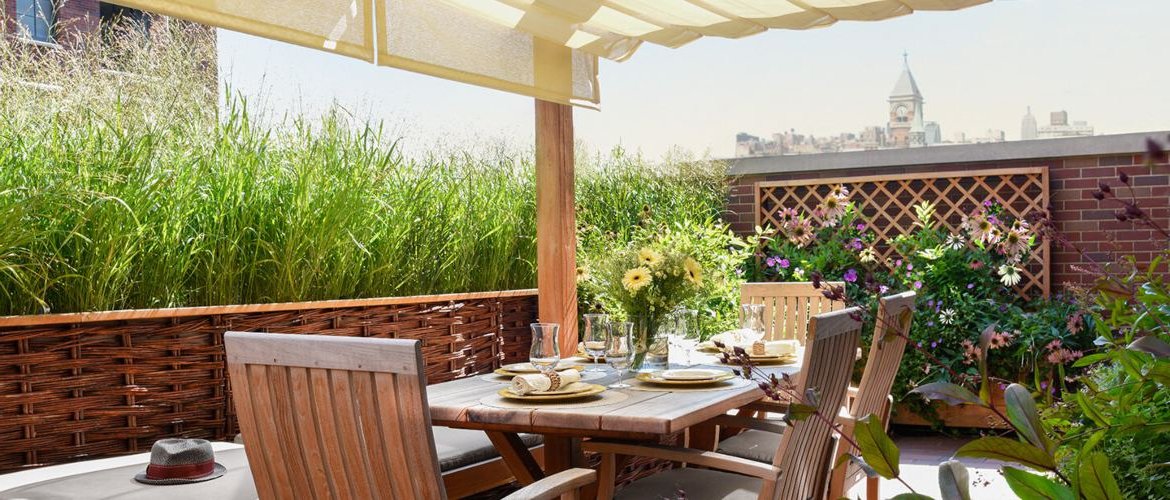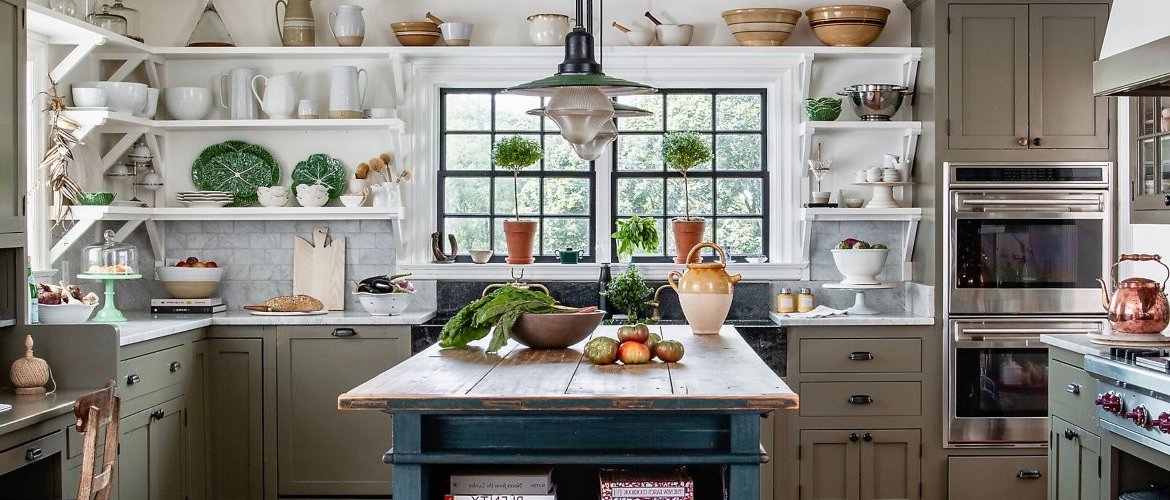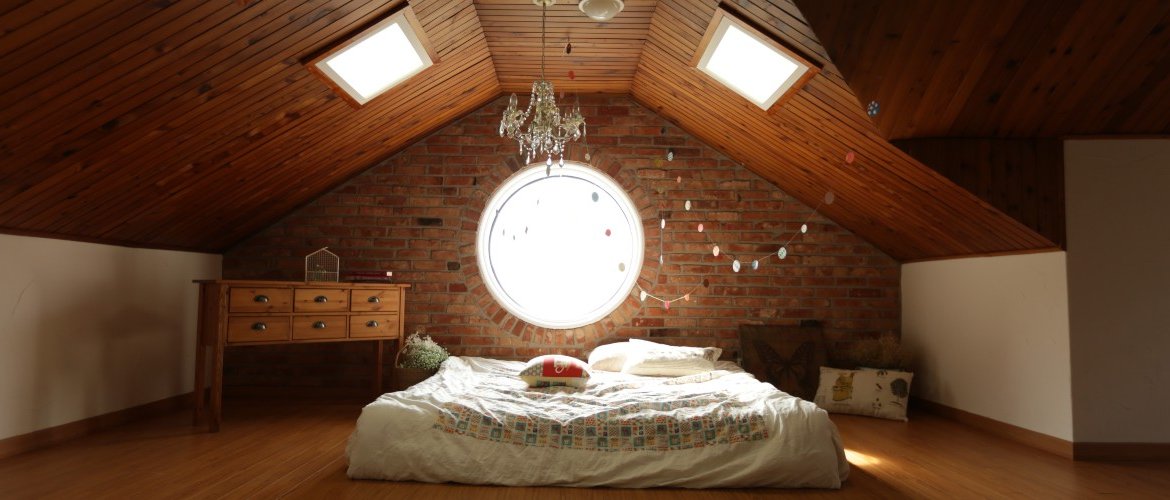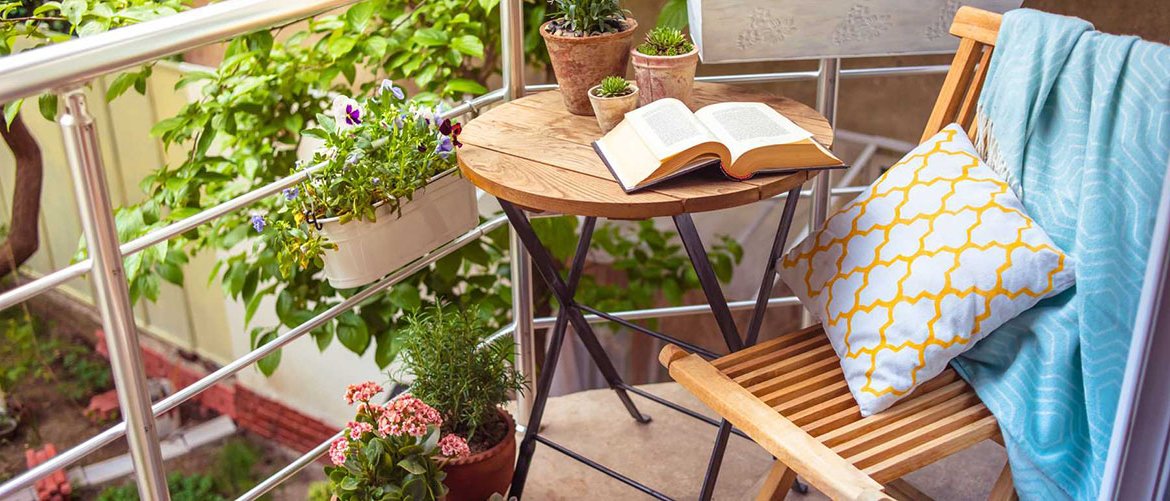Lagom: the Swedish lifestyle that invites to balance
The Nordic people have a certain penchant for happiness, that's no secret. This is supported, among other things, by the fact that, year after year, they occupy the top positions in the ranking of the happiest countries in the world. Their respective lifestyles have a lot to do with their conquest of the top positions. The Swedes have their own particular vision of well-being. It is what is known as lagom: the Swedish lifestyle that invites balance.
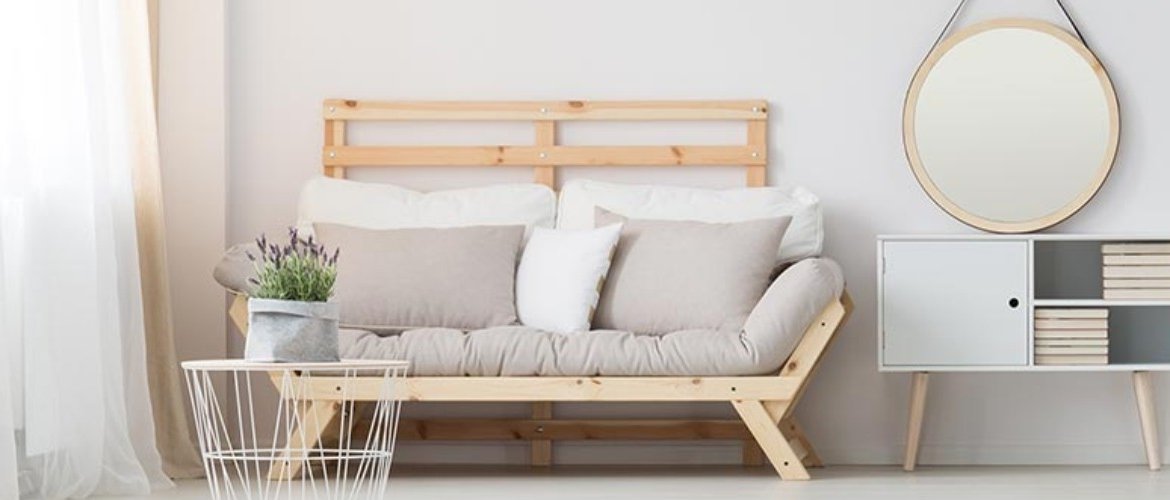
With its Taoist basis and Viking origins, lagom is a philosophy that promulgates the richness of a simple, calm and conscious life; the Swedish way of life that invites balance and moderation.
Like many of the formulas used by our neighbors to the north, this philosophy has a practical application in terms of decoration. In essence, it is about creating environments that favor the fact of enjoying the little things and sharing them. Always, of course, betting on living with the basics, in a simple, balanced and environmentally friendly way.
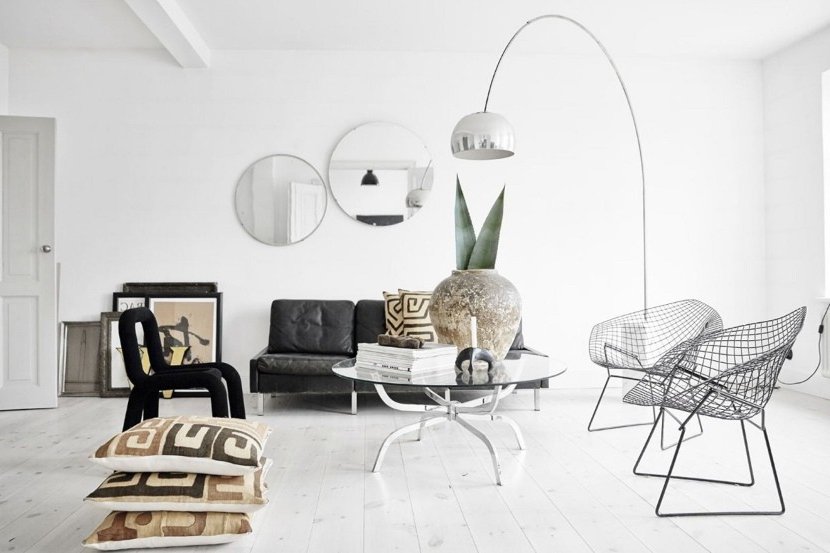
As in any other style of decoration, in the lagom, color is a great ally. It is not that there is a chromatic palette that clearly identifies this trend but, as a good Nordic trend, it likes to include neutral tones as protagonists.
White and soft gray, for example, are common in interiors decorated with this trend. In any case, there is no reason to surrender to a single color and it is possible to add chromatic nuances in green or deep blue, or more vivid shades such as yellow or orange. All this, without breaking the aesthetics of the Swedish lifestyle that invites balance.
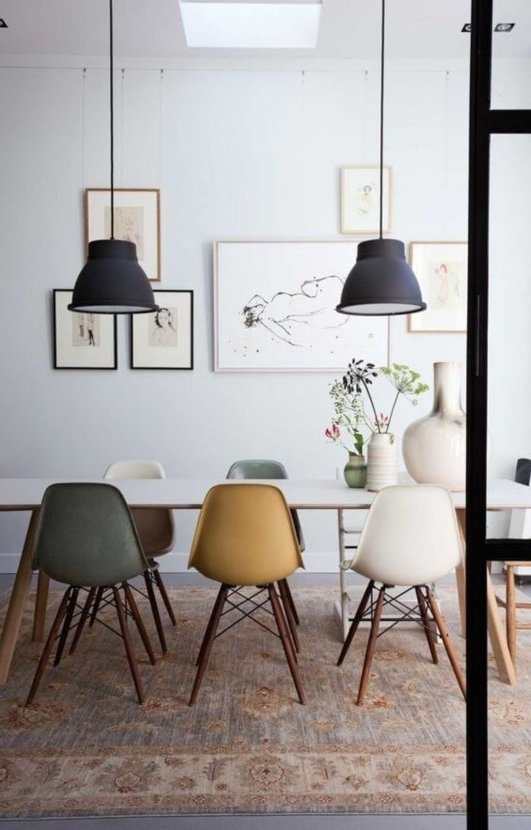
Environmental awareness and connection with nature are part of the essence of this trend. Transferring it to interior design and decoration has to do, and a lot, with the right choice of materials. If we take into account that these environments tend to be quite clear, these can be great allies when it comes to print a touch of warmth to the spaces.
Wood is a must, for example. Although next to it there is room for other elements that play a leading role such as linen or cotton textiles.
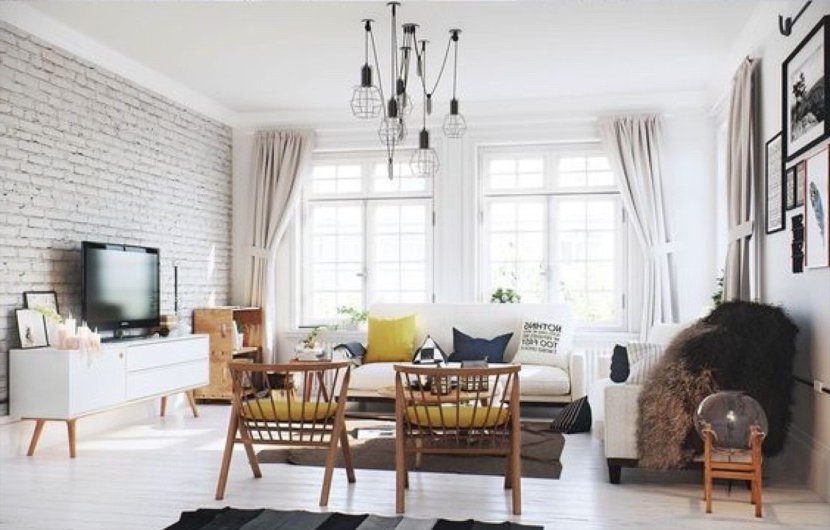
The inclination towards minimalism is very present in lagom environments. The philosophy that promulgates the mantra of 'just right', 'not too much, not too little, just right', could not be otherwise. It is about putting into practice the saying "he who has the most is not the happiest, but he who needs the least".
One of the keys is, therefore, not to accumulate things. We must respect the practicality of the rooms but always look for a point of aesthetic appeal and, above all, keeping everything perfectly tidy.
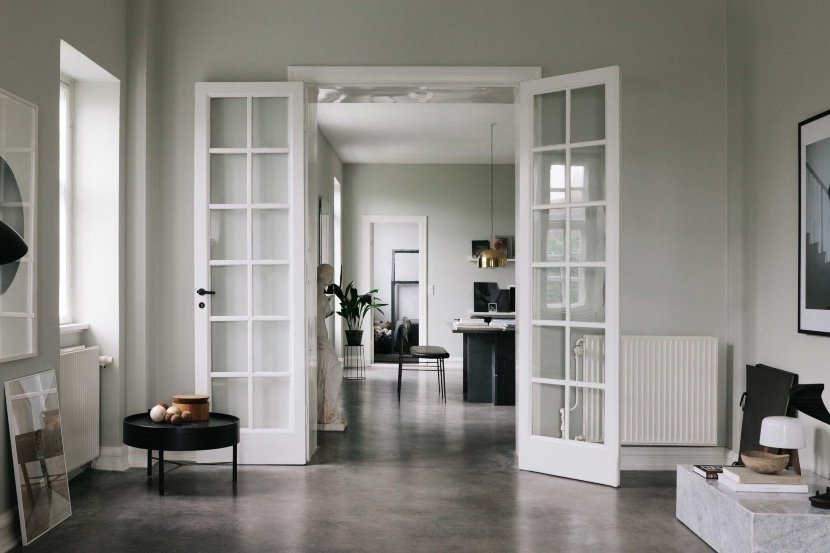
Decorating with just enough is something that perfectly sums up the essence of the Swedish lifestyle that invites balance. This awareness involves, for example, practicing responsible consumption: buying only what is necessary, opting for quality...
Baroque aesthetics or excesses have no place in this kind of environments that, in any case, do not imply the renunciation of decoration. The key is to find the ideal balance in each case.
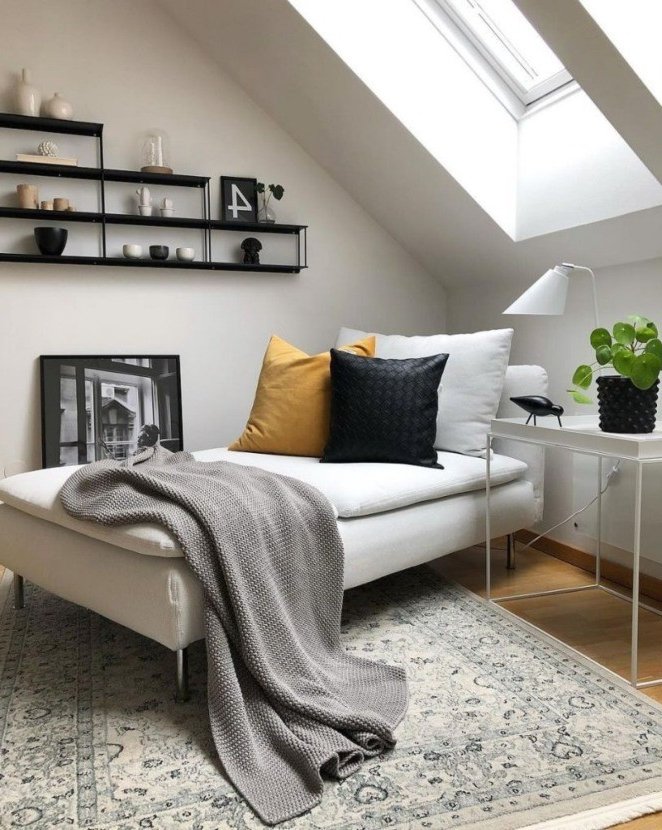
Another aspect to take into account if you are thinking of decorating your environments following the keys of the lagom style is its ecofriendly character. Concern for your ecological footprint -or what is the same, the environmental impact of the decisions you make- is fundamental.
It's not about becoming a Greta Thunberg-style activist, but it is about incorporating small changes in your daily life. Opt for shorter showers, have an urban garden, use LED lights, go for DIY or recycling in furniture... It's all about being responsible with the environment.
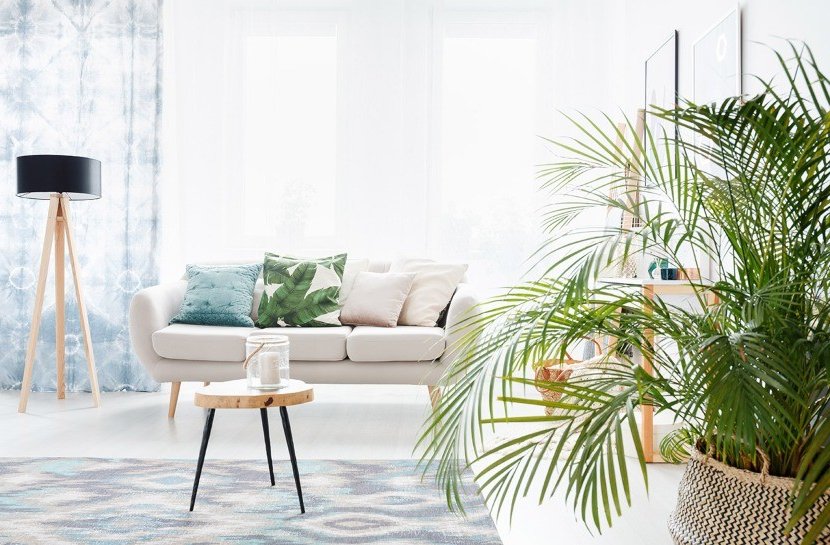
Mixing antique pieces with more modern furniture will also help you create a lagom atmosphere, although, of course, before including one or the other, you should always think about the functionality of the room and the elements that you are going to incorporate into the decoration.
In any case, freeing up space in the corners of the house by avoiding accumulating things or grouping elements of the decoration, for example, will help you to enjoy your rooms more, gaining in brightness and spaciousness.
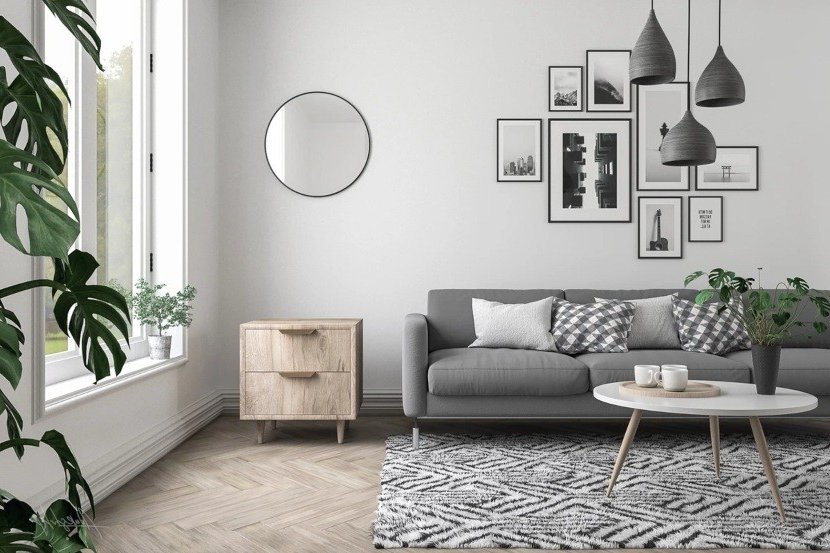
The balance that invites the Swedish lagom also bets on the differentiation of spaces and disconnection. At a time when teleworking is being promoted, for example, it is not only necessary to limit the hours you dedicate to it at home, but also the area in which you are going to carry out your activity.
Having a space separate from the rest to be used as an office is ideal so that, when the time comes, you can disconnect and enjoy your free time. In addition, it is necessary to practice digital disconnection. Spending all day connected prevents you from relaxing and goes against a balanced life.
